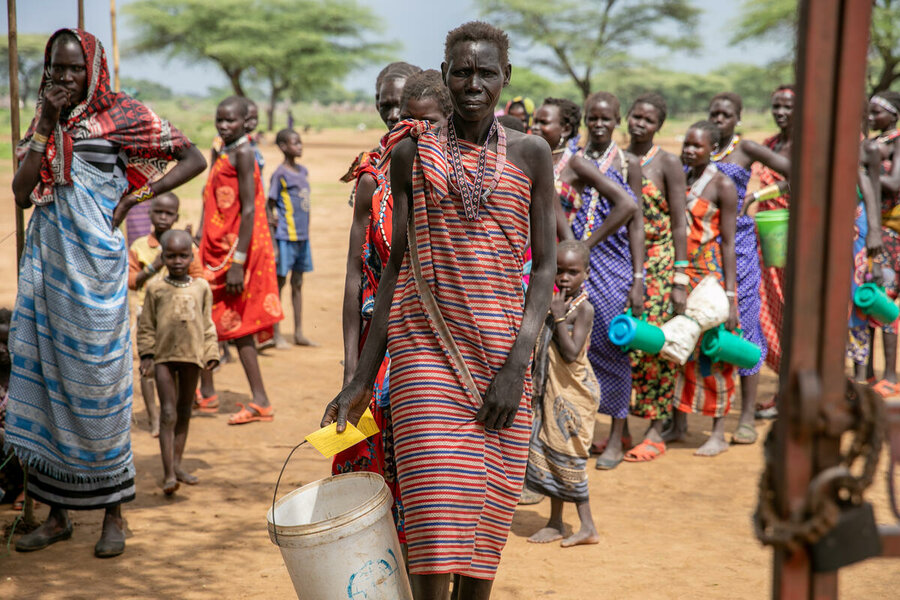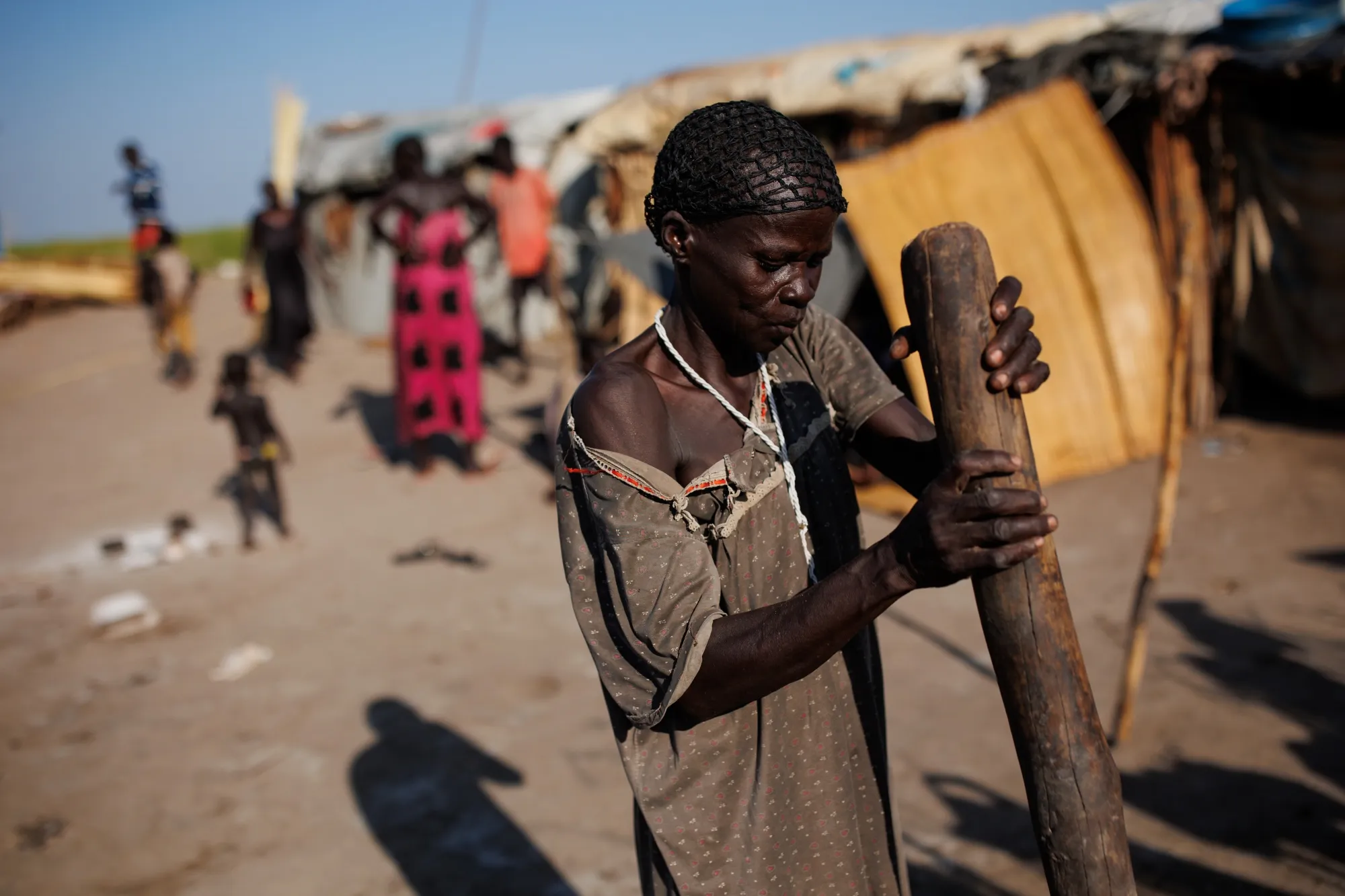A new United Nations report, “The State of Food Security and Nutrition in the World,” revealed Monday that global hunger saw a slight decrease in 2024, yet between 638 and 720 million people still faced food shortages.
Despite this marginal global improvement, Africa experienced a worsening situation, with hunger affecting 20.2% of its population. This contrasts with a significant drop in hunger figures for Latin America and the Caribbean.
The report, compiled by multiple UN agencies including the Food and Agriculture Organisation (FAO) and World Food Programme (WFP), indicates that around 8.2% of the world’s population faced hunger last year, a 0.3% decrease from 2023.
However, Alvaro Lario, president of the International Fund for Agricultural Development (IFAD), noted that while figures improved from 2022 and 2023, they “have not come back to the levels of five years ago. This isn’t very good news.”
The findings, released at the UN Food Systems Summit, underscore the significant challenge in meeting the organisation’s goal of ending world hunger by 2030.

Current projections suggest that approximately 512 million people will remain undernourished by the end of the decade, with 60% of them located in Africa.
Four of the five countries most affected by food insecurity globally are in Africa: Nigeria, Sudan, the Democratic Republic of Congo, and Ethiopia.
The report also highlighted the dire situation in the Gaza Strip, where the entire population is experiencing severe acute food insecurity, with Lario stating, “Lack of access has been ongoing for some months now, and we are now seeing people starving.” He stressed the urgent need for humanitarian aid access.
The UN report also drew attention to “persistent inequalities,” noting that women and rural communities were disproportionately affected by food shortages, with these disparities widening in 2024 compared to 2023.
It stated, “Despite adequate global food production, millions of people go hungry or are malnourished because safe and nutritious food is not available, not accessible, or, more often, not affordable.”
While the response to price spikes between 2021 and 2023 was more coordinated than previous shocks, food security has worsened since the COVID-19 pandemic and Russia’s 2022 invasion of Ukraine.
In 2024, some 2.3 billion people were moderately or severely food insecure, meaning they occasionally skipped meals—an increase of 335 million since 2019.


 Trending
Trending 